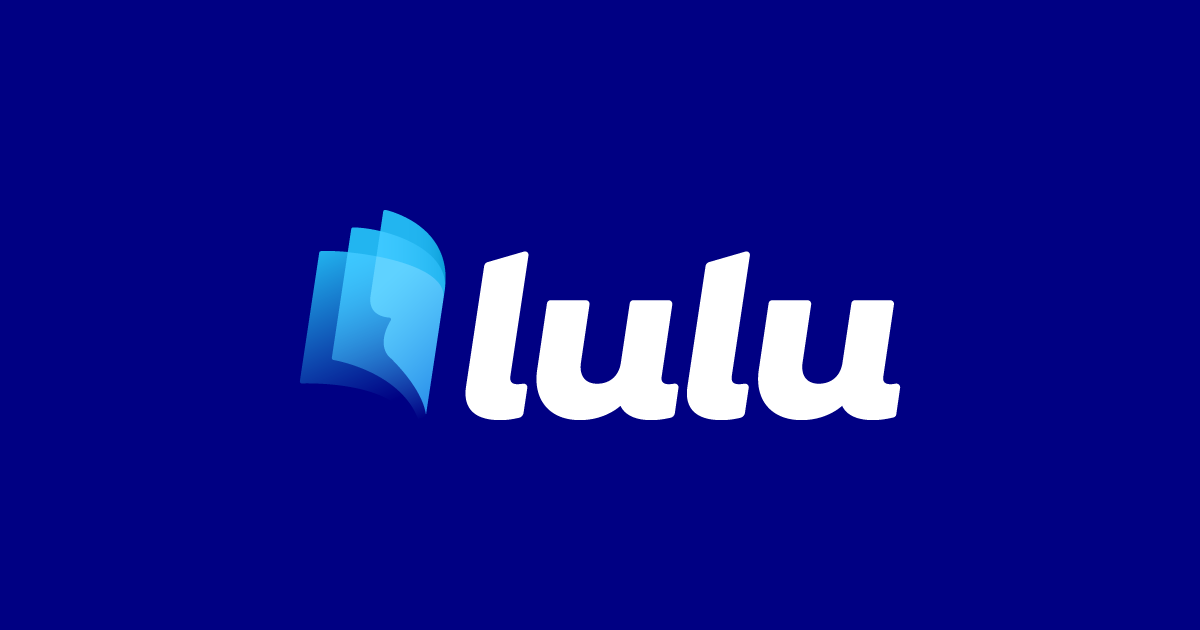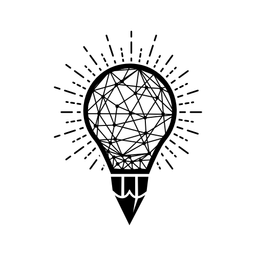Lifestyle Design 101

The first time I heard the term lifestyle design was in Tim Ferriss’ 2007 book, The 4-Hour Workweek. In it he talks about designing a lifestyle and then aligning your day to day, your business, your work to achieve that outcome, and it was eye opening not just to me but millions of other readers all over the world.
The way I implemented it was when I was working as a senior producer on a TV show. I negotiated remote-work Fridays which freed up where I could work. Sometimes I’d work from home but finish by the time my boys got home from school. Other times we would take a 4-day trip and I’d work remotely at a campsite or hotel.
Just the other day on Twitter/X someone talked about how sad it is that once we graduate from university, the concept of a “summer break” just vanishes into thin air. Once we enter the workforce and start our careers, we are lucky to get two weeks back to back of vacation time.
The mindset shift here is to open up what’s possible in terms of the kind of life you want to live. To remove the boundaries of what’s possible for you and your business.
In the film industry, for example, not much work happens between Thanksgiving and February. No actors with any leverage want to work during the holidays, which means that the movies that want to hire them aren’t working either. In January people are still vacationing, it’s too cold in many places in the world, and people are slow to get back into production. The first mark of the end of this winter hibernation period is the Sundance Film Festival, which is typically the end of January or early February. People head to the mountains of Park City, UT and watch movies and go to parties for a long weekend, then head home.
After that you have pilot season in February and March, so people are back in full swing by that point.
What makes this possible? How does a huge chunk of a massive industry shut down for months? The people who have leverage decided what kind of lifestyle they wanted.
Does your industry take two months off every year? Why not? What if you were to take two months off during the winter, or even the summer when your kids are out of school?
If you’re feeling the resistance in your body right now, then you’ve identified a limiting belief: “I can’t do that because...”
Your reasons are only reasons because you believe them to be. If you run a business that has clients, then you have much more flexibility than you believe. You could set a new precedent that you only work 30-hour weeks during the summer, like Basecamp. Or take December and January off, like Hollywood.
But no one is going to create that scenario for you. You’ve got to do it yourself.
In the next chapter we’ll walk you through how to do it, but we have to help you believe that you can do it first, or else the next chapter is going to leave you wishing and hoping instead of designing and doing.
Let’s contrast it with your current reality. If you’re like most of the creative business owners I know, you have a reality that includes many, if not all, of these:
- working more than 50 hours per week
- working all hours of the day, including weekends
- don’t have enough money to hire more or better people
- most of your time is spent on creating the work instead of running the business
- no vacation time
- no boundaries around working on or through the holidays
- no time to go to lunch with friends or family
- no time for business development - new partnerships, products, investments
- no location freedom, you have to be at the office every day
- you say yes to every client that comes in the door in order to pay the bills, even if they’re not the right fit for your business
- you have one or more clients that you’re servicing that are hurting your business in terms of profit or morale
- your family relationships are strained because of how much you work
- you lose valuable team members to other companies and competitors because you can’t pay them more or give them promotions
- you’re at max capacity because you can’t afford to expand your team
- you’re a bottleneck in the business because too much of the process relies on you
Now, if any of that resonates, how does it feel? Do you love working this way? I doubt it. And yes, I do want you to feel bad for a minute here. Not feel bad, but feel bad. Take a second to sit with whatever emotion you’re feeling right now. Even if it’s guilt or shame or embarrassment or frustration, you need to see that your current reality is not the outcome that you want for you and your business.
Ok, let that go. Need some help? Here’s my favorite dad joke (read it out loud for full effect):
When does a joke become a dad joke? When it becomes apparent...
Ok, did we get you out of the emotional depths of despair? Good!
If the current reality you’re living in is not the desired reality you want for you and your business, then we need to take a look at what needs to change. We need to define the outcome so that we can implement the craftsman mindset approach and reverse engineer those outcomes.
That’s what we’ll do in the next chapter.
TAKE ACTION
For now, I want you to take some time and write out all of the reasons you must change your current reality and actively pursue a new reality. Who will it impact, an how? What will be different if you do it? Who will you become? What will be different? What will be possible?
Turn on some music and take 10-20 minutes and just free write without stopping or editing. Get it all out on the page. I recommend doing this with paper and pen rather than digitally, there’s something that happens when it’s a physical act.
Do it now before you dive into the next chapter.

Sponsored By Lulu.com
The team at Lulu has been an incredible partner since I released my last book, Craftsman Creative - How Five-Figure Creators Can Build Six-Figure Businesses.
We've partnered on this next book, Blockbuster, to share the ins and outs, the behind the scenes of writing and publishing a book in public.
To learn more about how Lulu can help you get your book out into the world, visit lulu.com by clicking the button below:
<<< BACK TO TABLE OF CONTENTS
NEXT CHAPTER

PREVIOUS CHAPTER



Member discussion